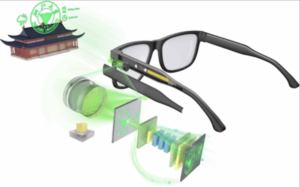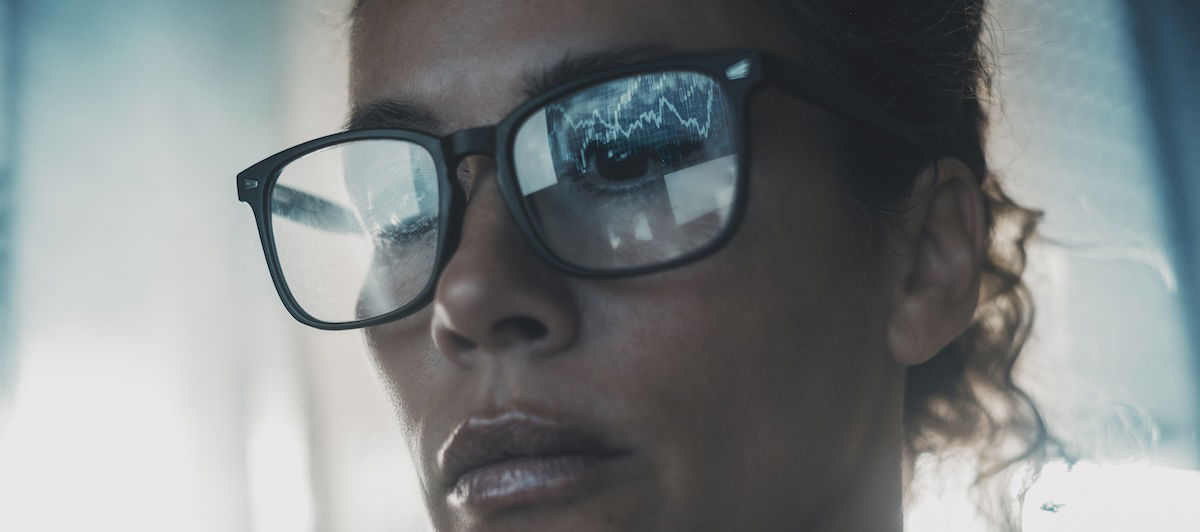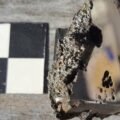Optical scientists at Zhejiang University conducted laboratory tests of the new AR (augmented reality) configuration that dramatically reduces the complexity of common AR setups by reducing four lenses to one, streamlining image projection techniques and possibly revolutionizing the technology.
While AR promises a future where it integrates everything from work to leisure, the technology has its limitations. Most current goggle systems limit their utility for routine use. Headsets like Meta’s Meta Quest 3 work for gaming or specific work functions, but don’t seamlessly integrate into our existing lives. For that to happen, the technology would need to resemble something like a pair of traditional eyeglasses.


Attempts to miniaturize the technology into that form factor have met with limited success. The limited real estate on a pair of lens frames causes two major problems. Due to computing limitations at such a small size, the quality of images has to be significantly downscaled, and the field of view may be limited. The team at Zhejiang set out to cope with these issues by optimizing how the images are generated.
They overcame the simplification challenge through a novel combination of two existing technologies. A metasurface focuses light from green micro LEDs onto a refractive lens. That metasurface is a thin silicon nitrate film etched with a pattern that shapes and focuses the light, while the synthetic polymer in the refractive lens sharpens the image before it is projected onto a screen. AI augments the system when an algorithm identifies minor distortions in the image and corrects them in the projection.
Testing the new glasses proved remarkably successful. The latest single-lens hybrid system performed the same as the current four lens systems, with below 2% distortion in a 30° field of view. The algorithm also pushed the image fidelity up by 4%, with their test image of a red panda at 74.3%, similar to the original. On a picture of a tiger, they achieved even more impressive results with 88.73% similarity. The algorithm became proficient in reducing noise and improving edges by sampling the images at different compression levels.


(Image: Yaoguang Ma).
A Future for Streamlined Augmented Reality
The recent tests were performed in a stationary laboratory setup, not on a human wearing a practical headset. Yet study co-author and Zhejiang University Professor Yaoguang Ma says the test mimics real world use quite well. “The conditions are actually very close. This work is collaborated with Sunny optics, which is one of the biggest optical suppliers in the world. The module used to test the MRL is actually a prototype device from them,” he told The Debrief.
With this proof of concept out of the way, the team can move on to the next steps.
Ma informed The Debrief that testing on a pair of traditional lenses has already begun in fact, although this is not mentioned in the paper. “We have tested how the MRL does on a prototype glass. So the final look would be very similar to the XR glass released by META recently. The volume is shrinked as what we have reported in the ACS Photonics paper.” Additionally, they predict the platform could be extended from the simple black and green of their testing setup into a full-color model.
Lastly, Ma touched on some of the obstacles still in the way of creating a finished consumer augmented reality device.
“There are several concerns regarding the production of the actual headset. Firstly, maintaining the cleanliness of the metalens is a challenge due to its vulnerability to dust particles. While our laboratory environment is relatively clean, ensuring protection for the metalens during assembly becomes crucial for real-world usage. We have developed various protocols for coating the surface of the metalens as a protective measure,” he explained.
A second problem arises in engineering a mechanical platform more suited to the rigors of daily use than the glued together prototype. Ma says that “this requires significant effort and expertise that may be better delegated to others while we focus on scientific and engineering aspects related specifically to Optics.” His team is partnered with “Sunny optics and Najing Inc (a metalens focused company located in Hangzhou) to try to make it happen in the real world,” he said.
The paper “Hybrid Meta-Optics Enabled Compact Augmented Reality Display with Computational Image Reinforcement” was published in ACS Photonics on September 6, 2024.
Ryan Whalen covers science and technology for The Debrief. He holds a BA in History and a Master of Library and Information Science with a certificate in Data Science. He can be contacted at ryan@thedebrief.org, and follow him on Twitter @mdntwvlf.

